Microsoft wants you to look for documents you've seen before a lot smarter, recent patent reveals
Google is also working on a unified "finder," but for messages
2 min. read
Published on
Read our disclosure page to find out how can you help MSPoweruser sustain the editorial team Read more
Key notes
- Microsoft is developing a smarter document search system, a recently published patent reveals.
- The system uses machine learning to understand short descriptions called “concept clips” for finding documents.
- It’s not just for Word; it can also be used in webpages, email apps like Outlook, or as a standalone application.

Microsoft has been working hard to improve its users’ experience with its Office productivity suite – with Microsoft Word being one of them. Besides the Copilot AI assistant for Microsoft 365, folks over at Redmond have been working on a system that lets you search for documents a lot smarter in Word – or even in other apps/systems.
Microsoft filed a patent for a system that lets you find electronic documents you’ve seen before a lot better. While we usually use keywords to search for these documents, it can be hard to remember the exact words to use. This is where the system comes in as a solution.
In the 27-page document with a publication date in April 2024, Microsoft describes a machine learning-powered “re-finder system” or an “application” where you can describe what you’re looking for using short descriptions called “concept clips”.
Here’s what a possible interface for this system looks like:

Then, the system shows how these concepts are related to bits of documents you’ve seen by creating a (sort of) visual map where you can organize and explore these document bits based on how similar they are to your description.
And it won’t just be for Microsoft Word. This system can also be applied to webpages and email apps, such as (well, possibly) Outlook, or (maybe) as a standalone application.
In its presentation, Microsoft describes the “re-finder application” as having three main sections: the concept panel, the canvas panel, and the detail panel. You can interactively create and manage concepts, adjust their weights, and refine your search by moving concepts around the canvas panel.
And that’s not the only “finder” that has been in work. Google, on the other hand, has also been working on a “unified search message” feature for Android devices. It does more than just search using text: you can also speak them.

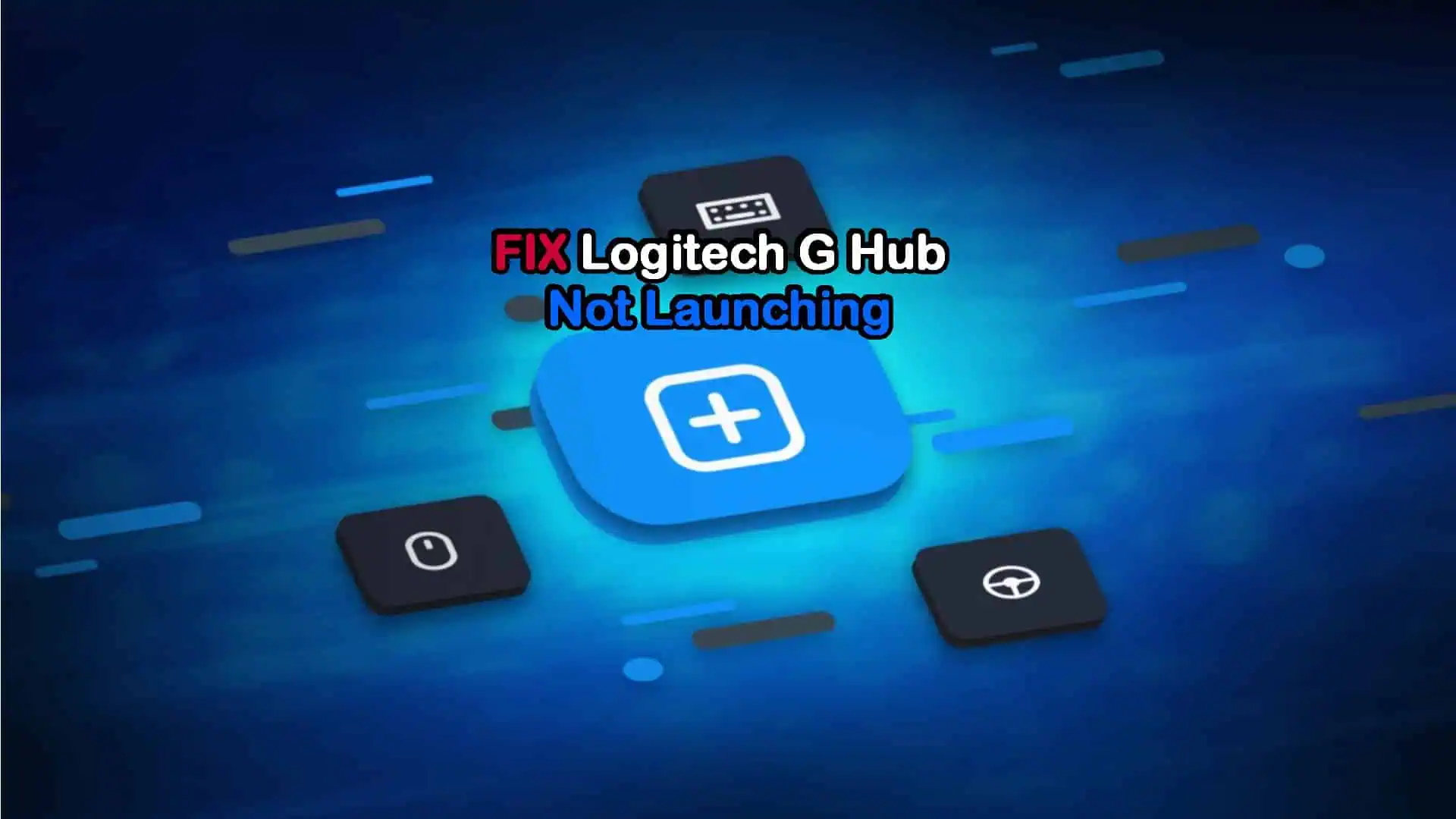
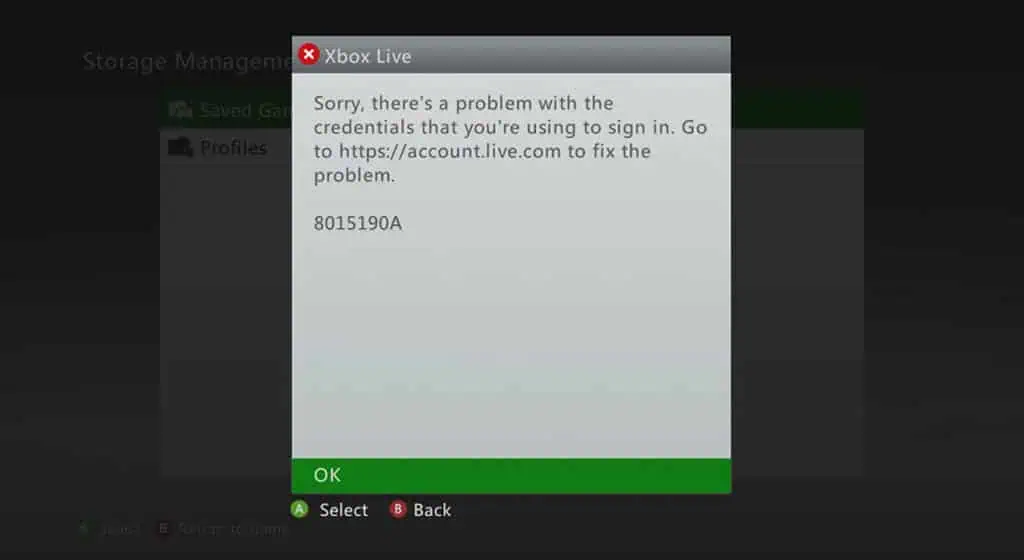
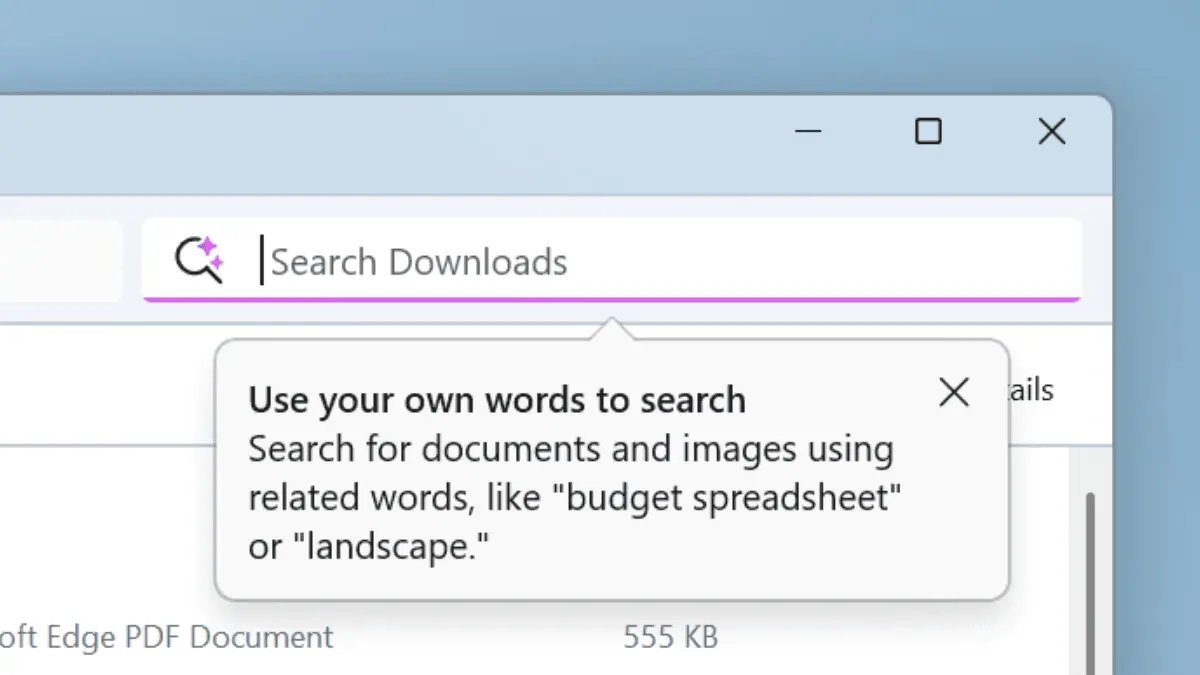
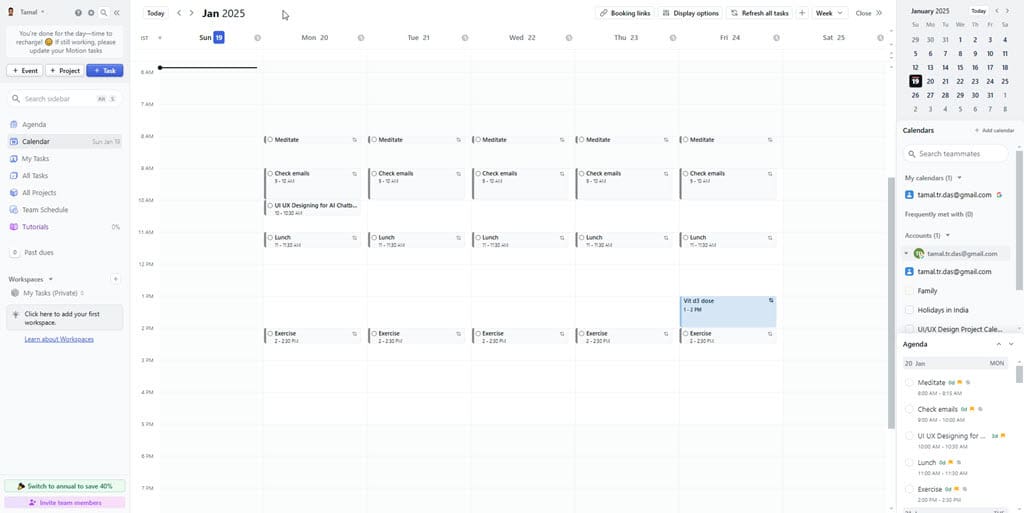

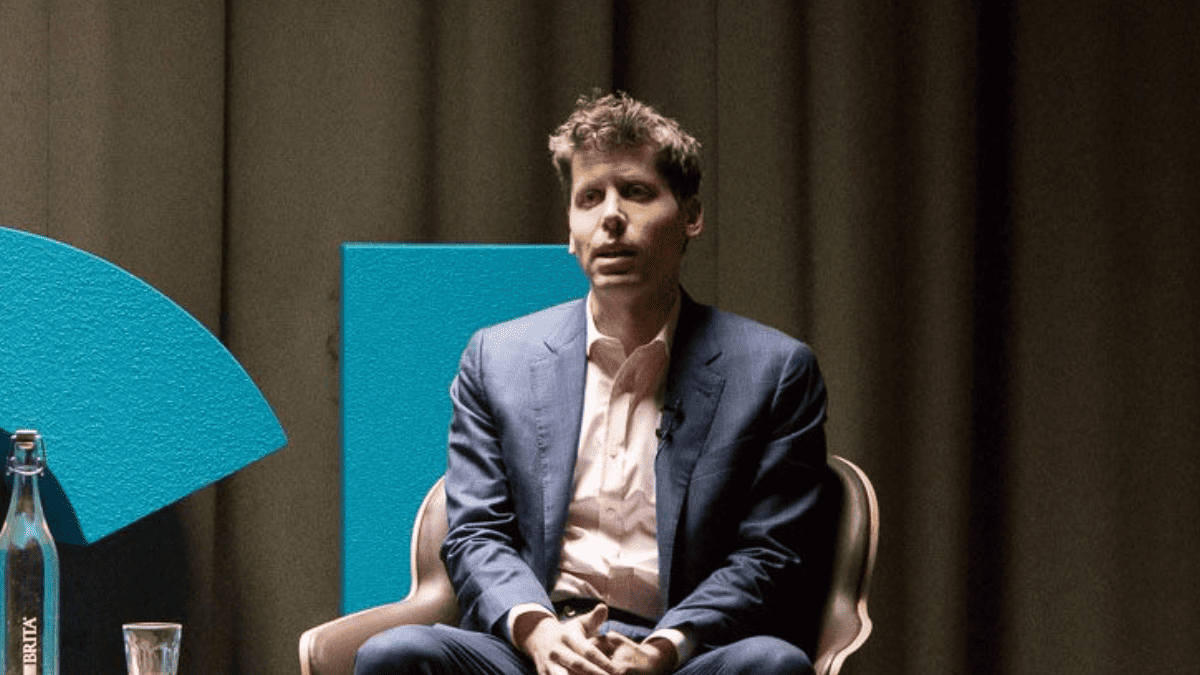
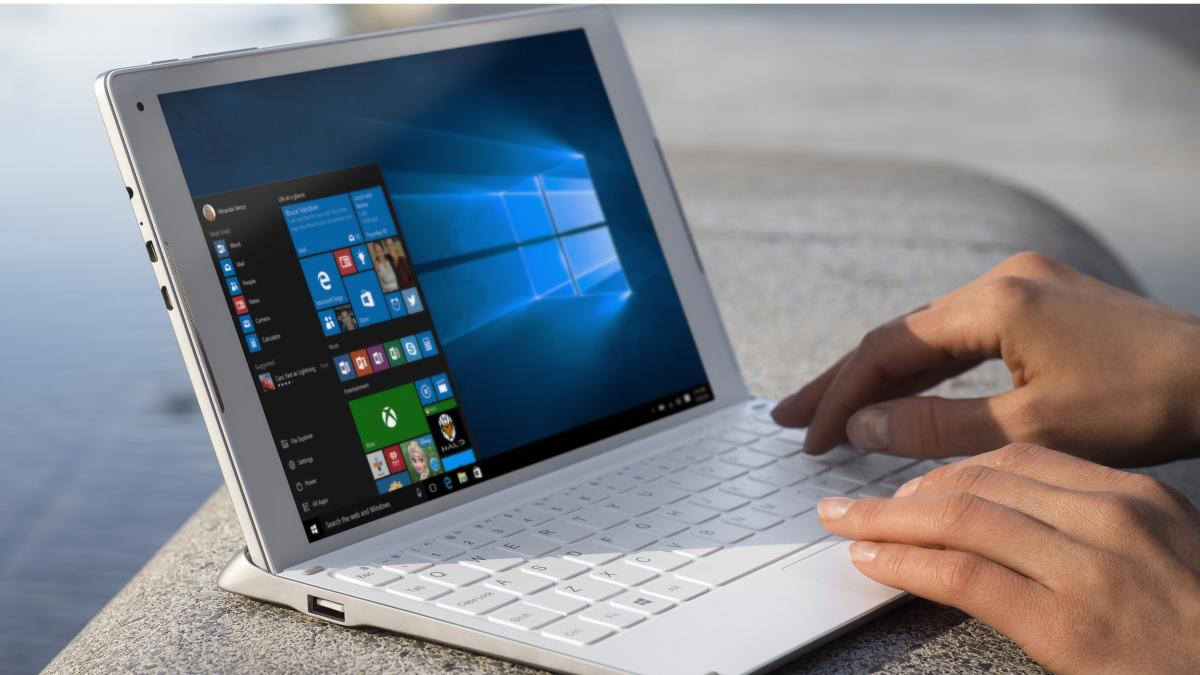
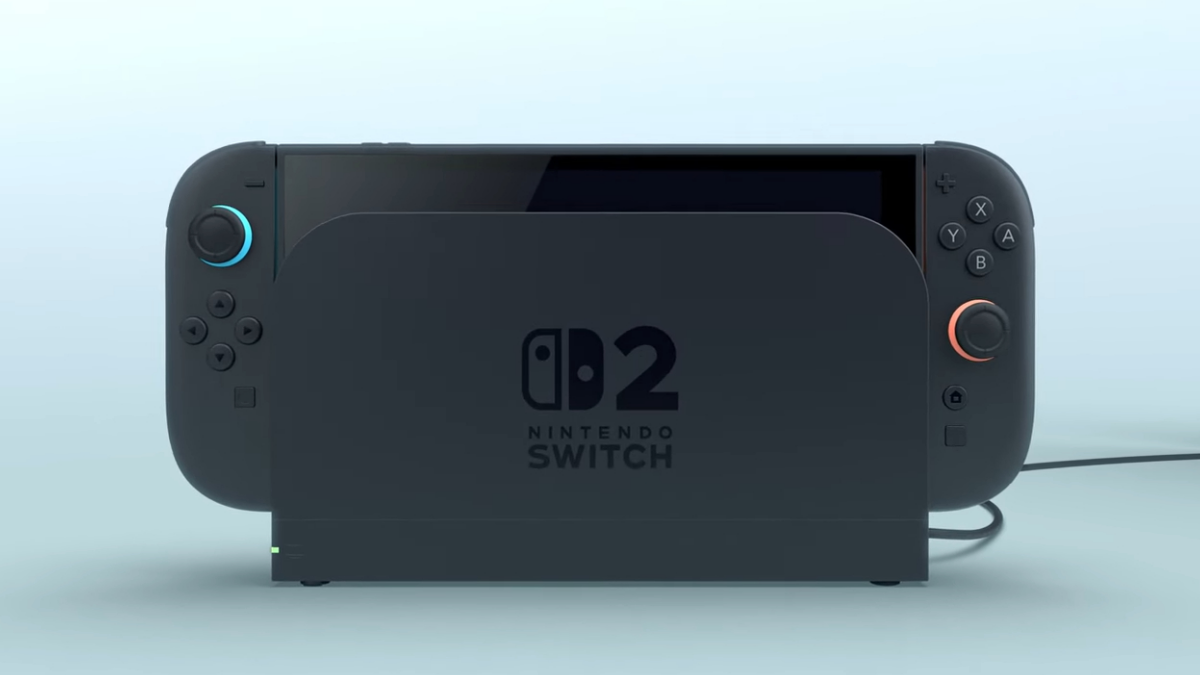
User forum
0 messages